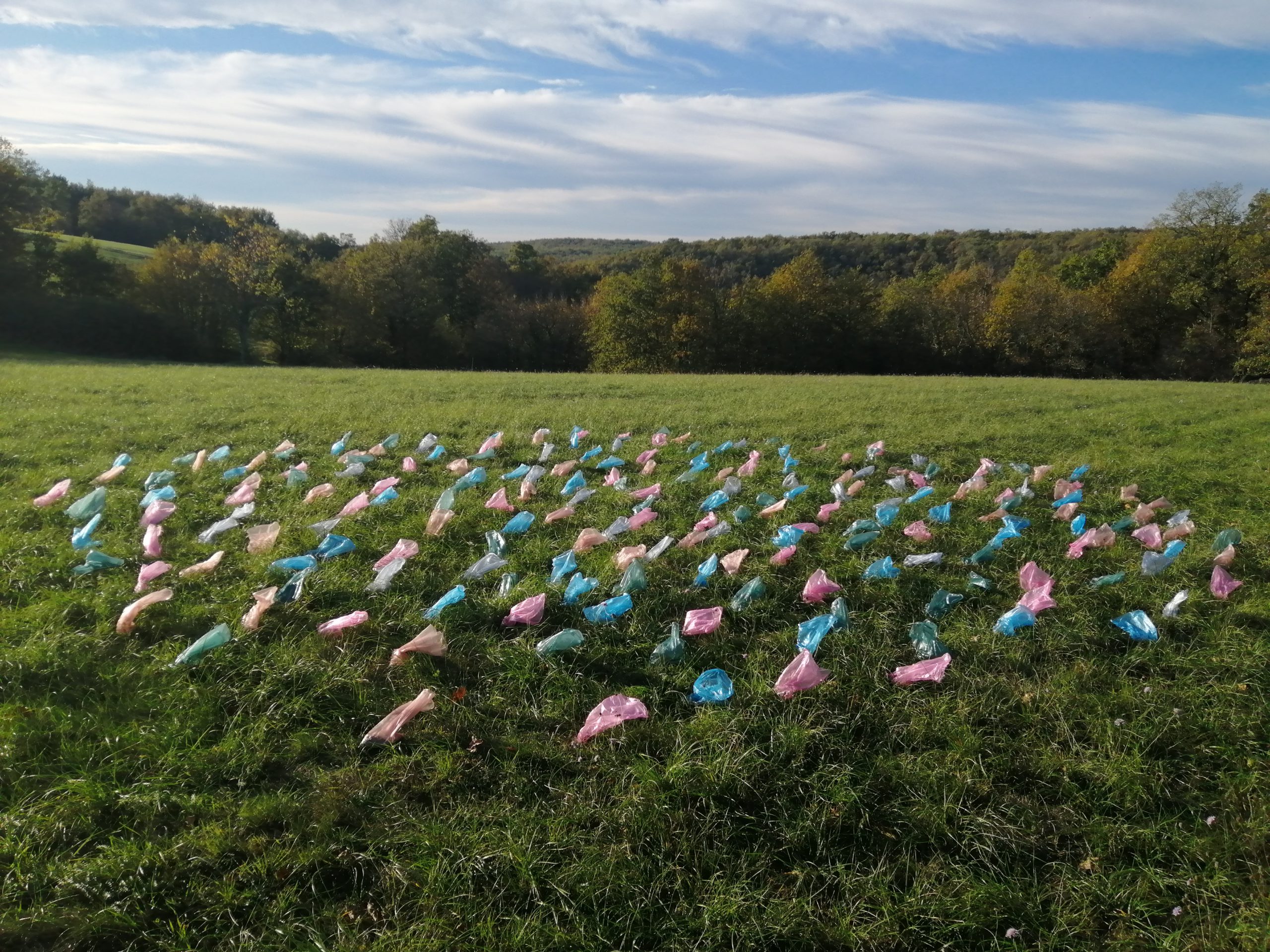
28 May The Philosopher’s Stone
The Philosopher’s Stone
by Nathalie Rey and Enric Maurí
05/ 30 /06 – 2021
The food industry is, along with the technology, one of the most powerful on the globe. If the second one dominates our minds through addiction to the virtual world and digital applications, the first one literally conquers our bodies through the manipulation of two of our most primordial senses: taste and smell. The additives, flavorings or enhancers of flavor and odor present in the food that we buy daily in supermarkets or restaurants are responsible for transforming the product into something completely different from what it was originally, changing its taste, smell and texture. Based on the most capillary neuroscientific studies than we could ever imagine, these substances are manufactured as evocative and addictive drugs, capable of simulating authenticity.Then, at this point in the history of industrial capitalism, it seems totally normal to eat a barbecue-flavored potato chip, a violet-flavored jelly bean, or drink strawberryflavored water or, why not, a stone with profiterole flavor. For our perception of human beings born and raised in the fourth phase of industrial capitalism, the boundary between what is natural and what is artificial is completely blurred.
The exhibition is about this conceptual blurring. The project carried out by Nathalie Rey and Enric Maurí during their two weeks residency at CACIS El forn de la calç consists of four pieces: a video entitled The Philosopher’s Stone, two photos from the Shipwreck I series and an outdoors intervention called Artist’s poop. The operation of cooking profiteroles that is documented in the video can be interpreted as an allegory of the production of goods in Western capitalist culture, science, industry but also art, which process the planet’s resources to adapt them to their needs. In this sense, a doubt arises according to which, in the era of the capitalocene, pure nature is indigestible for human beings, while, on the other hand, anything can be worth if it is processed until it is digestible. The resource of the fable, suggested by disguise and music that hint at a fantasy situation, lead us back to the idea of artifice, of mirage, of falsification of material reality, of artifice, of illusion of reality. It is also suggested to us by the image of the witch, a figure that in the popular imagination is always associated with nature and the magic of alchemy, that is, the ability to transform materials; a metaphor for science as well, for its claim to go beyond what is given. In the video, the human being identifies with his organic body in fusion with foreign matter through the act of eating, food being a symbol of this relationship with the body, this part of our being associated with the animal, the natural or the instinctive. But also with what is open, because by eating, through the mouth, we allow foreign agents to get inside our body, our constitutive substance, which do not always nourish us but, on the contrary, rather intoxicate us. The intoxication of the human body and the terrestrial body – the latter being included through the outdoors intervention Artist’s poop – is another concern of the two artists illustrated by their use of plastic.
Is it then legitimate to ask ourselves how to return to nature without ceasing to be human, how to get out of this vicious circle, or if art can be the driver of this return journey?
Daniel López del Rincón reminded us in the catalog of the PostNaturaleza exhibition that, after all, the dialogue between art and nature is already an artifice. And it not only emerges in the reflection about the relationship between body and matter, but also in its relationship with the landscape or the habitat in which our body moves. The attempt of Land Art to return to the nature was already a form of post-nature, showing that the landscape itself, the very concept of landscape or territorial reality, is a construction. This reflection leads us again to the intervention in the outdoors of CACiS El forn de la calç. However, if we think about it, we can go further and stretch this reasoning until we see that the very concept of nature, although we tend to associate it with purity, is already an artifice, since it contains an ideological character. To try to contrast this danger, Nathalie Rey and Enric Maurí resort to a strong performative component, strive to think as matter, they assimilate with substance through their bodies and not as abstract, conceptual or ideological identities. Mastering that matter, that “physicality”, is perhaps an illusion typical of fables, the same way it is to try to maintain its “purity”. Perhaps life on this earth is something else, something closer to a tangle of contingent and related processes that lead us to the unexplored and hybrid lands of post-nature.
By Federica Matelli


No Comments